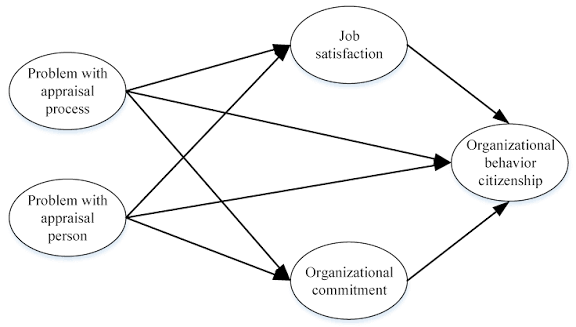Employee job satisfaction plays a vital role in determining the success of any organization. When employees feel valued, motivated and content with their work, they are more likely to perform better and contribute positively to the company’s goals. On the other hand, low satisfaction levels can lead to reduced productivity, absenteeism and high turnover rates, all of which negatively affect organizational performance. Understanding this relationship helps companies build a strong and committed workforce.

Job satisfaction is influenced by several factors, including fair compensation, recognition, career growth opportunities and a supportive work environment. When these elements are present, employees develop a sense of loyalty and pride in their organization. Satisfied employees often go beyond their assigned duties, showing greater creativity and teamwork. This level of engagement boosts overall performance and helps businesses maintain a competitive edge in the market.
A motivated workforce also leads to better organizational efficiency. When employees enjoy what they do, they are more focused, consistent, and innovative. This enthusiasm translates into higher productivity, improved service delivery and stronger customer satisfaction. Companies with satisfied employees often experience fewer conflicts and a more positive workplace culture both key indicators of organizational success.

However, ignoring employee satisfaction can have serious consequences. Organizations that overlook the well being of their staff may face low morale, increased resignations and poor performance outcomes. This not only disrupts workflow but also increases recruitment and training costs. Therefore, investing in employee satisfaction is not an expense it’s a strategic investment in long term growth and stability.
In conclusion, the relationship between employee job satisfaction and organizational performance is clear and powerful. Satisfied employees form the backbone of a productive and thriving organization. By prioritizing their needs, encouraging open communication and rewarding effort, companies can enhance performance and achieve sustainable success. A happy workforce is not just good for people it’s good for business.


